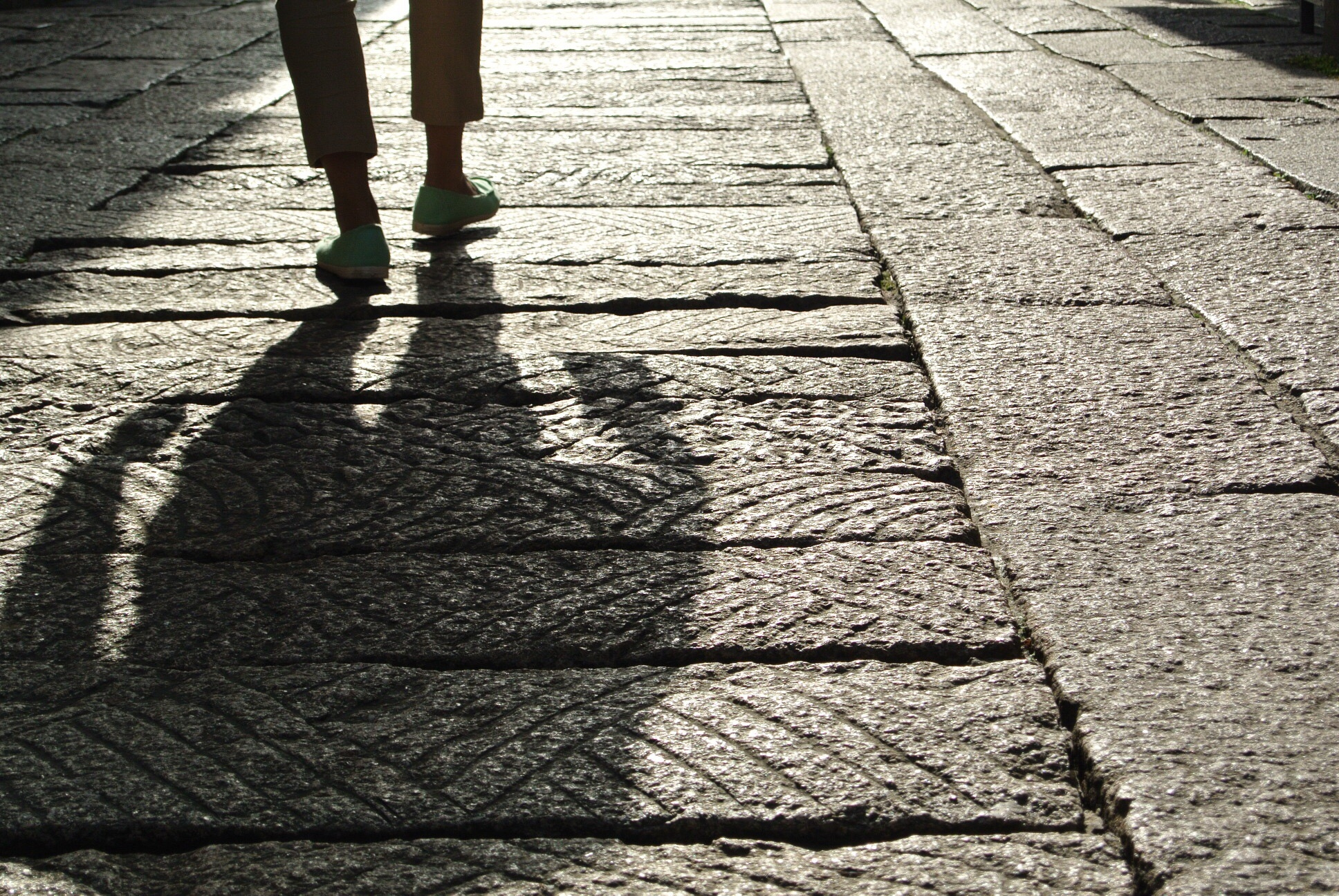
Motor problems in autism persist into adulthood
Young adults with autism have an unusual gait and problems with fine motor skills.
Young adults with autism have an unusual gait and problems with fine motor skills. Researchers presented the unpublished findings today at the 2017 Society for Neuroscience annual meeting in Washington, D.C.
Motor problems such as clumsiness, toe-walking and altered gait are well documented in autism. But most studies have been limited to children or have included adults only as part of a broad age range.
“Studies haven’t focused on just adults,” says Cortney Armitano, a graduate student in Steven Morrison’s lab at Old Dominion University in Norfolk, Virginia, who presented the work.
The researchers looked at 20 young adults with autism between the ages of about 17 and 25, and 20 controls of about the same age range. They put these participants through a battery of standard tests of fine motor skills, balance and walking.
When it comes to simple tasks — such as tapping a finger rapidly against a hard surface or standing still without swaying — those with autism perform just as well as controls do.
But with activities that require more back-and-forth between the brain and the rest of the body, differences emerge.
Adults with autism have slower reaction times compared with controls, measured by how fast they can click a computer mouse in response to seeing a button light up. They also have a weaker grip.
Walk on by:
The researchers also documented altered gait in young adults with autism. These individuals take longer to take a step or a full stride, and have shorter strides than controls do. This means that they walk more slowly overall.
Looking at a wide range of motor skills simultaneously enabled the researchers to draw broader conclusions. Because tasks involving both the upper and lower limbs are affected, the results suggest slower overall processing of motor information rather than difficulty with a specific task.
The findings are consistent with studies of motor skills in children with autism.
How these motor problems affect the lives of adults with autism isn’t known. However, similar decreases in walking speed and reaction time in typical adults as they age increase their risk of falls.
The participants are only in their 20s, but “they’re looking more like older adults,” Armitano says. (The researchers have not directly compared these groups.)
The results suggest a need to study whether motor skills in older adults with autism decline more sharply than in their typical peers, she says. Some research suggests that older adults with autism are at increased risk of motor symptoms consistent with Parkinson’s disease.
The researchers plan to study the gait of adults with autism in greater detail. Such studies could eventually lead to therapies to “help them get through the day easier,” Armitano says.
For more reports from the 2017 Society for Neuroscience annual meeting, please click here.
Syndication
This article was republished in Scientific American.
Recommended reading

New organoid atlas unveils four neurodevelopmental signatures

Glutamate receptors, mRNA transcripts and SYNGAP1; and more

Among brain changes studied in autism, spotlight shifts to subcortex
Explore more from The Transmitter

Psychedelics research in rodents has a behavior problem
Can neuroscientists decode memories solely from a map of synaptic connections?
